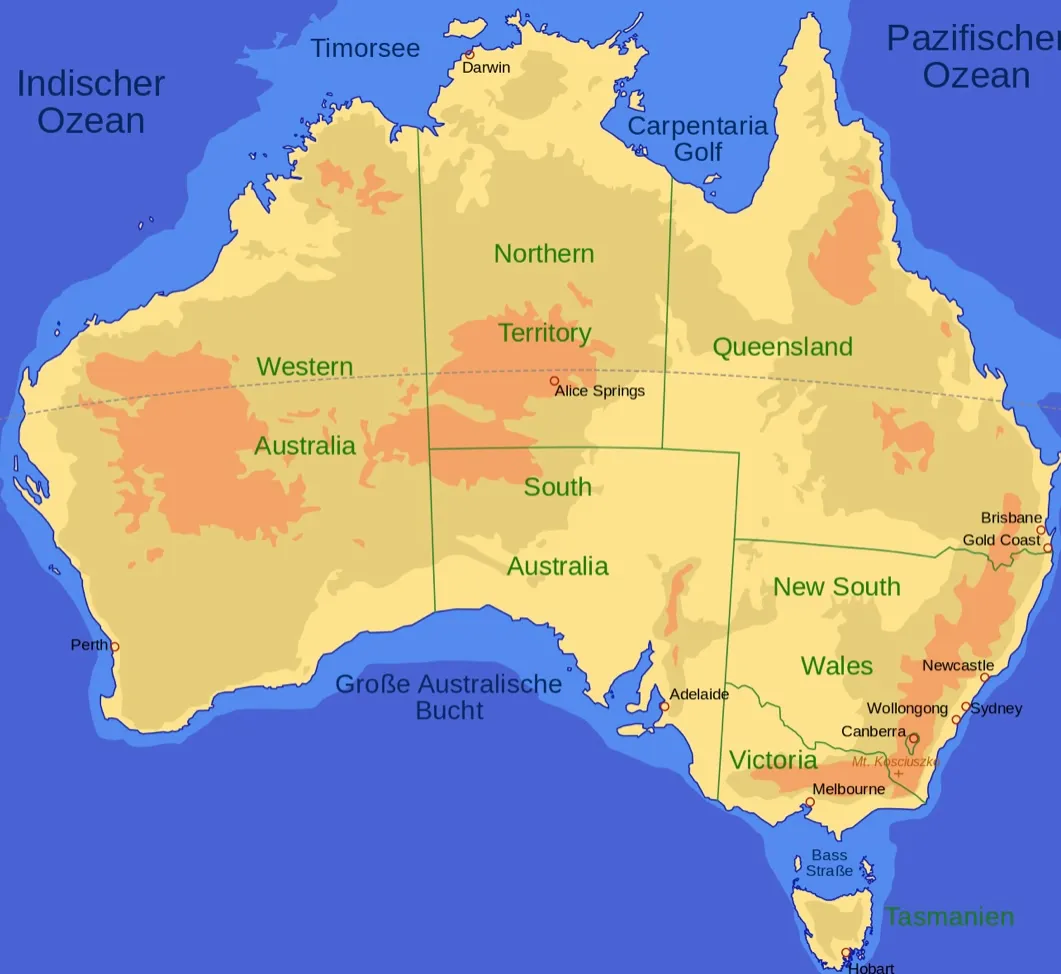Australia
Australia Racism

The inhumane treatment of Australia’s indigenous peoples is a blemish on the country’s otherwise illustrious past. The indigenous people of Australia, the Aboriginal and Torres Strait Islander communities, have suffered centuries of oppression at the hands of colonial settlers, governments, and institutions. This article will give a brief overview of the history of mistreatment, including its causes, effects, and current efforts to address the legacy of mistreatment.
Why We Put Up With Cruelty
Beginning with the arrival of British colonizers in 1788, indigenous Australians have been subjected to systematic mistreatment. Sydney Harbour was named after the First Fleet of British ships that landed there under the command of Captain Arthur Phillip and claimed the area for the British Empire. This act of colonization upended the way of life of the indigenous people who had inhabited the land for thousands of years. The native populations were wiped out by new diseases brought by the British settlers, such as smallpox. Cattle and sheep, which they brought with them, decimated the native fauna and flora and greatly altered the way of life there.
Increased tensions between native Australians and British colonists accompanied the influx of newcomers to Australia. The colonizers took over indigenous lands for economic gain and often used violence to do so. Furthermore, they brought in their own legal systems and social norms, which were frequently at odds with those of the native peoples. A prime example is the introduction of private land ownership by the British, which ran counter to the Aboriginal practice of communal land use. And they brought Christianity to the natives, which directly opposed their own religion.
Dispossession through violence.
The colonization of Australia by the British was accompanied by an increase in violence against the local population. Massacres of Aboriginal people were committed on occasion by British troops or settlers, usually in response to what they saw as resistance or aggression on the part of the indigenous population. These massacres killed thousands of indigenous people across Australia between 1788 and the early 1900s.
Aboriginal communities suffered from poverty, malnutrition, and disease as a result of the dispossession of their lands and resources, even when violence was not directly involved. The term “Stolen Generations” refers to the practice of forcibly removing Aboriginal children from their families, which was legalized by legislation passed by the British colonial government. These kids were either institutionalized or adopted by white families, where they were strictly forbidden to use their native languages or engage in cultural practices. Long-term effects, such as the erasure of Aboriginal peoples’ languages, cultures, and identities, can be traced back to the time this practice was widespread, which was not ended until the 1970s.
Unhumane Treatment in the Present Day
The indigenous people of Australia have been treated inhumanely throughout history, and despite progress in recent decades, they still face significant challenges. There are disproportionately more poor indigenous Australians, unemployed indigenous Australians, and incarcerated indigenous Australians. They also have a higher prevalence of psychological disorders like depression and anxiety, in addition to higher rates of physical illnesses like diabetes and cardiovascular disease.
The Fight Against the Effects of Cruel and Unusual Punishment
There have been significant efforts in recent years to rectify the history of cruelty toward Australia’s indigenous peoples. The Australian government issued an official apology to the Stolen Generations in 2008, recognizing the harm done and promising to work toward reconciliation. The government has also established a number of initiatives, such as the National Indigenous Reform Agreement and the Closing the Gap initiative, to address indigenous disadvantage.
The voices of Australia’s indigenous population have grown louder in recent years as they demand equal rights and official acknowledgement. The ongoing discrimination and mistreatment of Australia’s indigenous population has been brought to light by the global Black Lives Matter movement. Aboriginal sovereignty, including the right to self-determination and control over land and resources, has been called for by indigenous activists and organizations.
Conclusion
The indigenous population of Australia has a long and sad history of being mistreated.












You must be logged in to post a comment Login